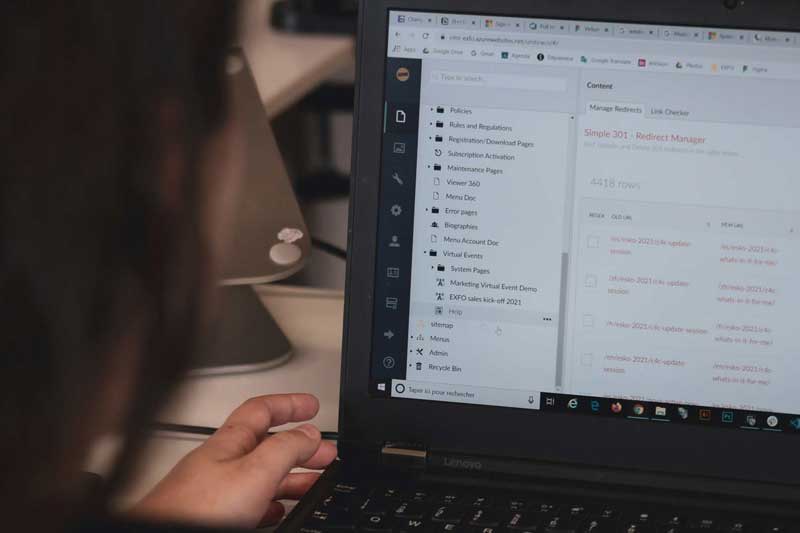Discover the three steps to successfully preparing an outsourcing implementation plan.
An outsourcing implementation plan is an important part of your outsourcing journey because it’s what ensures the successful handoff of your work to your outsourcing provider. It involves knowledge transfer – your plan will enable your global team to follow processes and procedures – and be trained on those processes and procedures – you have in place for your work be completed efficiently.
If you’re the owner of an accounting or bookkeeping firm who has decided to outsource your administrative and compliance tasks, you may now be wondering just how to prepare your outsourcing implementation plan. Well wonder no more, because we’re going to tell you about three steps to take to get you all set.
These steps include mapping out the process, documenting the process, and using a client management system.
Roadblocks to outsourcing accounting
Two roadblocks tend to come up when it comes to starting to outsource: time, and not having systems and processes to cope with the undertaking.
When you think about it, there’s never really a right time to start to outsource projects, is there? Your firm may always be busy one way or another, but don’t let this stop you from taking advantage of outsourcing and the benefits it offers owners of accounting and bookkeeping firms.
Your systems and processes should always be evolving and changing as your business grows and evolves. This isn’t a “set it and forget it” strategy. So here are the three steps to help you prepare your outsourcing implementation plan:
Mapping out your workflow is the first step in documenting it for training purposes.
Map out the process
The idea of mapping out your process might be overwhelming. Break it down to make it more manageable. Begin with the core tasks your team needs to complete.
From there, gather your team and map out your client process, from the first contact with a client to the ongoing relationship and what you deliver to clients.
Once you have mapped out your client process, run the process through workflow mapping software, such as Tallyfy, Lucidchart or Microsoft Visio, to really see the workflow and the client journey with your firm.
Once you have done this, it’s time to create a training video and written instructions for every step of the process.
Get the people doing the work to document the process
Set up an office or a quiet space within your firm for staff to go to and record themselves doing their work. More specifically, this means screen capturing – recording their computer screen as they work – and talking through what they are doing.
This can be done by using inexpensive software such as Loom or Camtasia, and once the video has been recorded, you can assign it to a freelance video editor for editing. You’ll then have a training video.
Once you have the final video on hand, get it transcribed, so you have the process written down, too. You can also use software, such as Happyscribe, to transcribe your videos.
A tasking system everyone can follow can help ensure the consistency of processes and other systems.
Build these processes and systems into a training library or your client-management system
The easiest way to ensure the consistency of processes and systems is to have a tasking system that everyone follows. This can be done through software such as Slack or Basecamp, or client-management systems such as Salesforce.
Before “going live” with outsourcing, conduct a rehearsal. Pretend it’s the first day your work will be completed by a global team and carry on as such. Your outsourcing service provider should work with you to carry out end-to-end process testing to make sure all handoffs, systems and procedures are running smoothly.
This should help both you and provider track the completion of tasks and identify any areas of difficulty or misunderstanding, as well as monitor how effectively and efficiently tasks are completed.
Conclusion
Preparing your outsourcing implementation plan may seem complex, but it can be broken down into steps. It requires mapping out the process, asking your team to record themselves working in order to create training videos and documents, and building these systems and processes into a library or client-management system. You’ll be successfully outsourcing before you know it!
If you’d like to learn more, please sign up to receive a Free Accounting Outsourcing Strategy and Plan.



















